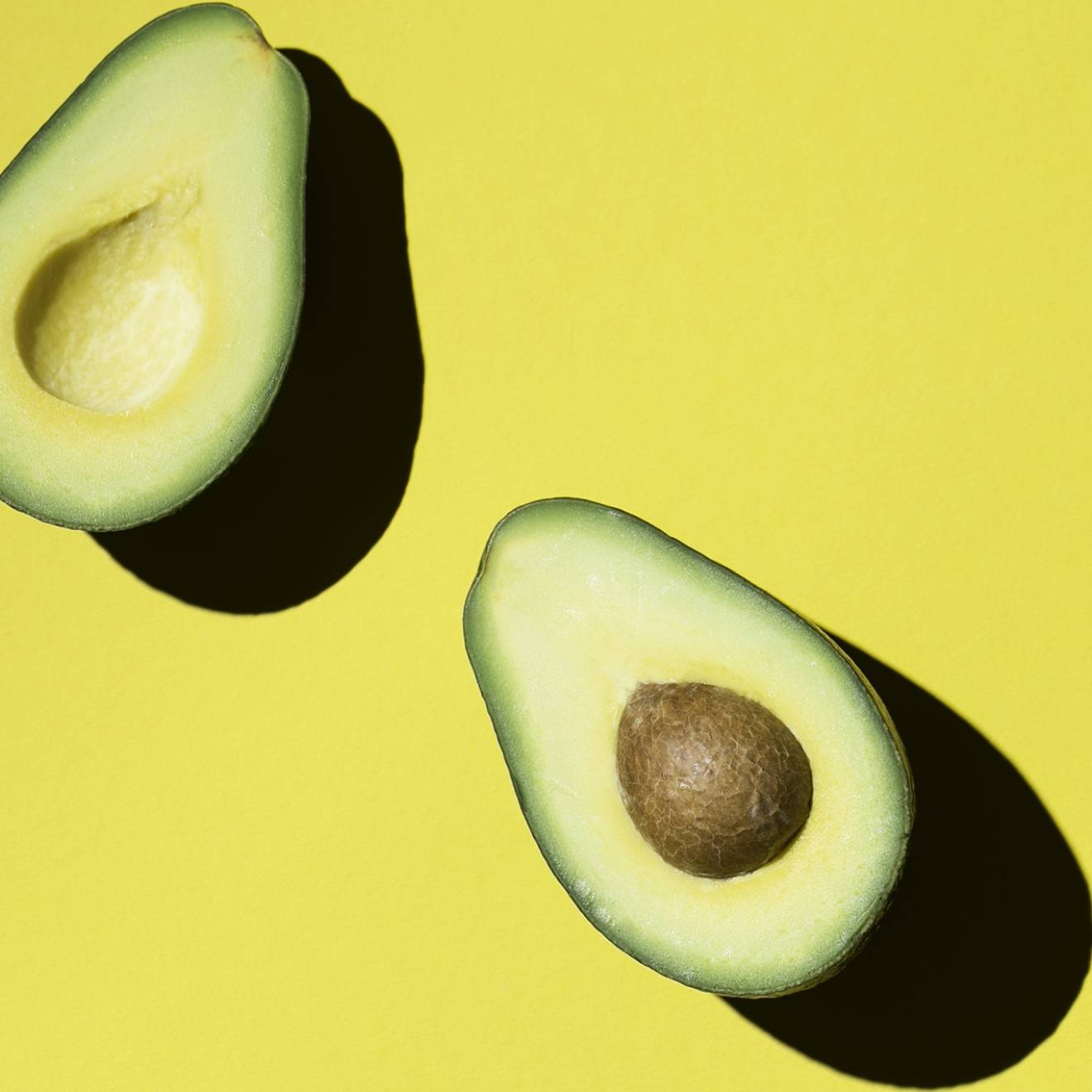Sean Nealon, UC Riverside
A team of scientists has found that a species of ant that clusters together to form rafts to survive floods exhibits memory and repeatedly occupies the same position during raft formation, according to a just published paper.
The research shows that, like humans, ants work together to enhance their response to emergency situations with different members of the group carrying out different tasks.
By working together, social insects, such as ants, achieve tasks that are beyond the reach of single individuals. A striking example is “self-assembly,” a process in which ants link their bodies to form structures such as chains, ladders, walls or rafts.
By studying self-assembly in ants, scientists are addressing broad biological and evolutionary questions such as why particular animals live in some environments but not others. Their findings set the stage for potential comparisons of ant “emergency responses” in different species from different environmental contexts.
There are also indirect applications. The fields of swarm robotics and nanorobotics use ants and other social insects as models when they design ‘cooperative’ robots that may ultimately be used in medicine, for such things as clearing blood clots, or for fabrication of materials.
Specialized rafters
The team of scientists, including Jessica Purcell, an assistant professor of entomology at The University of California, Riverside, focused on Formica selysi, an ant species found in floodplains in central and southern Europe.

Credit: UC Riverside
In a lab, they subjected groups of Formica selysi workers to two consecutive floods and monitored the position of individuals in rafts. Workers showed specialization in their positions when rafting, with the same individuals consistently occupying the top, middle, base or side position in the raft.
In addition, they found the presence of brood, or immature members of the ant society, modified workers’ position and raft shape. Surprisingly, they found workers’ experience in the first rafting trial with brood influenced their behavior and raft shape in the subsequent trial without brood.
They believe this is the first time memory has been demonstrated in so-called self-assemblages.
“These elaborate rafts are some of the most visually stunning examples of cooperation in ants,” Purcell said. “They are just plain cool. Although people have observed self-assemblages in the past, it’s exciting to make new strides in understanding how individuals coordinate to build these structures.”
The work was published online in an article titled “Ant workers exhibit specialization and memory during raft formation,” in the journal The Science of Nature. Purcell conducted the work while working as a post-doctoral researcher at the University of Lausanne in Switzerland. The co-authors of the paper are Amaury Avril and Michel Chapuisat, both of whom are at the University of Lausanne.
The paper builds on a 2014 paper by the same group of scientists that found worker ants protected the most valuable nest mate, the queen, by placing her in the center of the raft. In contrast, worker ants placed the vulnerable brood at the base of the raft, taking advantage of their buoyancy to produce a sturdy raft and allowing groups to remain in a cohesive unit during floods. Workers and brood exhibited high survival rates after they rafted, which suggests that being immersed in water at the base of the raft is not as deadly as scientists expected.

